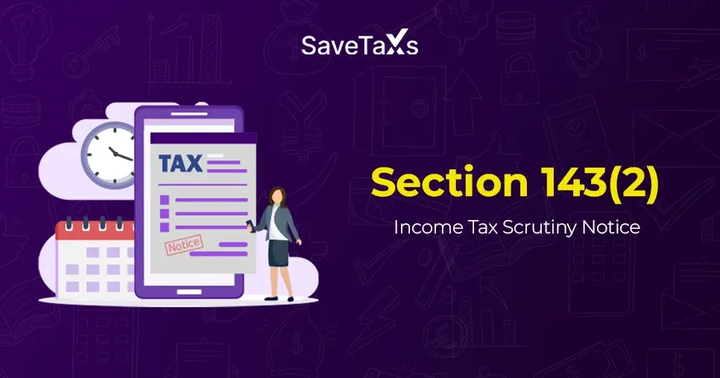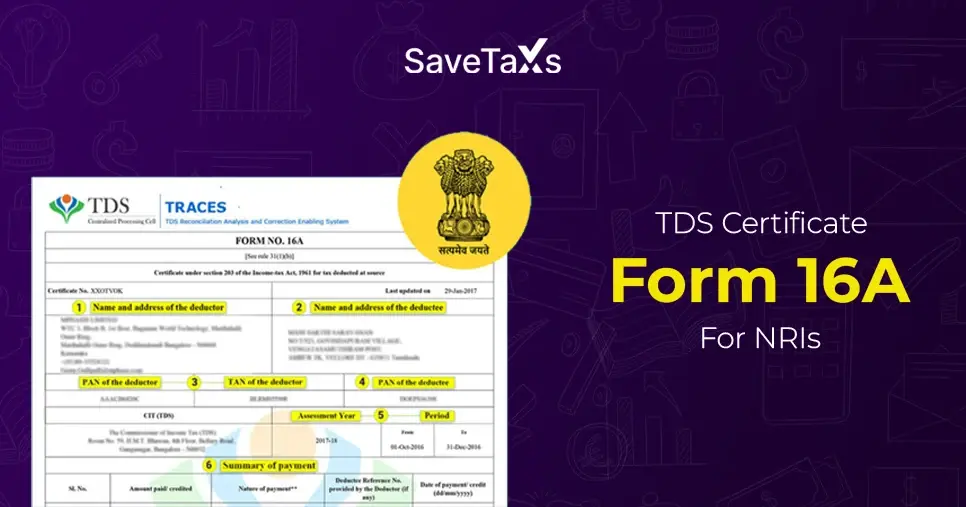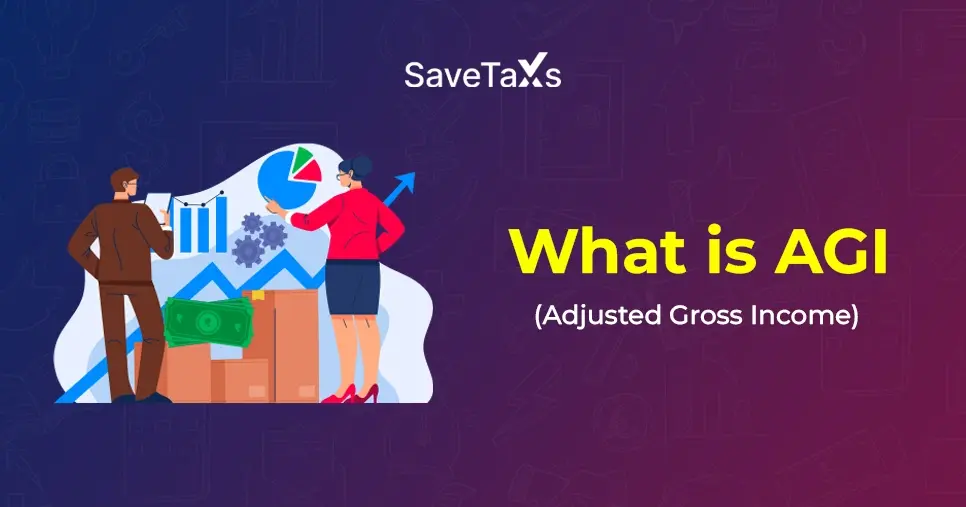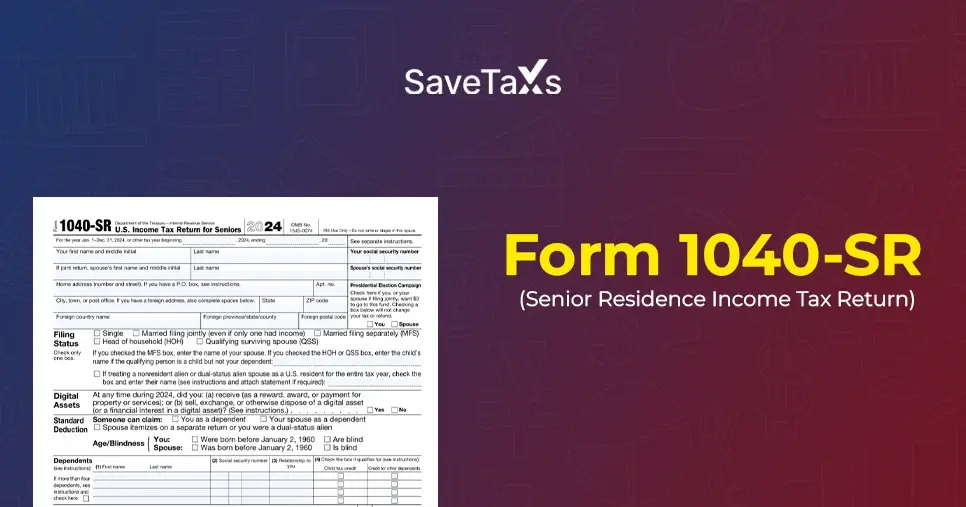When you sell an asset, more than your adjusted income, you need to pay capital gains tax. It is imposed on the sale of an asset. Depending on the income tax filer, the long-term capital gains tax differs. For tax year 2025, the tax rates are 0%, 15% or 20%. Also, there is a big difference between long-term and short-term capital gains and how they are taxed.
Want to know more about capital gains tax and the long-term rates for 2024-2025? Then you are on the right page. Here is a complete breakdown of long vs short-term capital gains and how they affect your taxes. So read on and get the complete information.
Key Takeaways
- Capital gains taxes are imposed on the sale of an investment.
- Capital gain taxes apply to capital assets. It includes bonds, stocks, digital assets like NFTs and cryptocurrencies, real estate, and jewelry.
- These gains are subject to different rates of taxes depending on how long you have owned the investment. Considering this, long-term gains are imposed on earned profit on investments held for more than a year. Additionally, short-term capital gains are taxed on investments that are held for 12 months or less.
- Short-term capital gains are taxed at the regular income tax rate of an individual. It is generally more than the tax imposed on long-term capital gains.
What Are Capital Gains?
Many things owned by people are stated as capital assets. This includes investments like bonds, real estate, stocks, or cryptocurrency. Additionally, it also includes personal and tangible items such as boats or cars.
Compared to its original price, when you sell a capital asset for a higher price, the extra money you earn from that sale is capital gain. In simple words, capital gains are profits that you earn from selling the investment. Additionally, when you sell an asset for less than its purchase cost, the money you lose is called a capital loss.
Considering this, the difference between your capital gains and losses is stated as your net profit. For instance, at $10,000 profit, you have sold a bond this year and $4000 loss, sold it another year. Here, $6000 is your net capital gain.
This was all about capital gains. Moving ahead, let's know about the capital gains tax.
Did You Know:
When an NRI acquires a capital gain from the sale of an asset in India, the income will be taxed in India. The specific tax rate will depend on the type of asset and the holding period, which helps in determining whether the gain is short-term or long-term.
What Is Capital Gains Tax?
Capital gains taxes are imposed on profits you earn from the sale of assets. Here, the tax value depends on the sold item, the duration you held it, your tax status, and taxable income. Considering this, capital gains can be subject to long-term or short-term tax rates. Here are some exceptions that apply:
- Individuals with higher incomes may need to pay the net investment income tax (NIIT). It is an additional 3.8% tax that is imposed on income that is more than the specific limit.
- Additionally, on so-called "collectible assets," long-term capital gains can be taxed at 28%. It includes items such as precious metals, fine art, coins, and antiques. Further, on such assets, short-term capital gains are taxed at the regular income tax rate.
This was all about capital gains tax. Moving further, let's know about long-term and short-term capital gains tax.
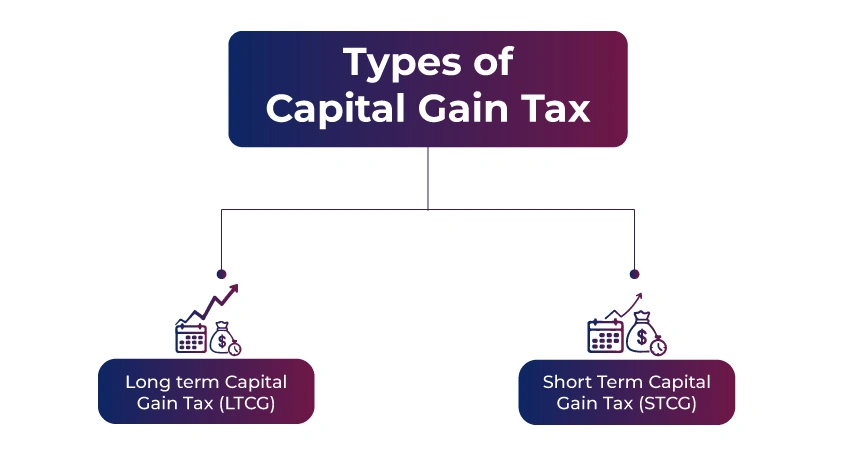
Long-Term Capital Gains Tax
Profits that are held for more than a year from the sale of assets are come to long-term capital gains tax. Depending on the tax filing status of the taxpayer and taxable income, the tax rates vary. Generally, 0%, 15% or 20% are the long-term capital gains tax rates. Considering this, according to the IRS, many people pay no more than a 15% tax rate on their long-term capital gains.
Short-Term Capital Gains Tax
Short-term capital gains taxes are imposed on profits from the sale of assets that you held for 12 months or less. These gains are treated as regular income of the taxpayer. Considering this, these are taxed as per the regular income tax brackets. It includes 10%, 12%, 22%, 24%, 32%, 35% or 37%.
Note:-
Capital gains taxes are imposed on the assets that are sold or "realized." It means that the return on bonds, stocks, or other investments bought through and then held within are brokerage account is stated unrealized. Additionally, they are not liable to be taxed under capital gain tax.
However, one essential caveat is that an investment offers dividends. Considering this, even if you do not cold them, the income you get from them may be counted as a capital gain.
Additionally, assets within stated in the tax-advantaged accounts (401(k), or IRAs), remain in the account. However, on them, capital gain taxes are not imposed. Instead, depending on the account type, upon withdrawal, you need to pay regular taxes on them.
So, this was all about the capital gains tax. Moving ahead, let's know the long-term capital gain tax rates for 2025.
Capital Gains Tax Rates for 2025
The long-term capital gains tax rates and brackets for 2024 are as follows. These are imposed on assets sold in 2025 that earned long-term capital gain. These will be stated on income taxes filed in 2026.
| Tax Rate |
Single |
Married Filing Jointly |
Married Filing Separately |
Head of Household |
| 0% |
$0 to $48,350 |
$0 to $96,750 |
$0 to $48,350 |
$0 to $64,750 |
| 15% |
$48,351 to $533,400 |
$96,701 to $600,050 |
$48,350 to $300,000 |
$64,751 to $566,700 |
| 20% |
$533,401 or more |
$600,051 or more |
$300,001 or more |
$566,701 or more |
Note: According to the tax bracket of federal income tax, short-term capital gains are taxed as regular income.
These are the income brackets and tax rates for long-term capital gains tax for 2025. Moving ahead, let's know the tax rate for 2024.
Capital Gains Tax Rates for 2024
The following tax rates and brackets are imposed on long-term capital gains earned on assets that were sold in 2024. They were reported on the income tax filed in April 2025. Further, with an extension, it may also be reported by October 15, 2025.
| Tax Rate |
Single |
Married Filing Jointly |
Married Filing Separately |
Head of Household |
| 0% |
$0 to $47,025 |
$0 to $94,050 |
$0 to 47,025 |
$0 to $63,000 |
| 15% |
$47,026 to $518,900 |
$94,051 to $583,750 |
$47,026 to $291,850 |
$63,001 to $551,350 |
| 20% |
$518,901 or more |
$583751 or more |
$291,851 or more |
$551,351 or more |
These are the long-term capital gains taxes for long-term capital gains earned in 2024. Moving further, let's know the special rules and exclusions under capital gains.
Special Rules and Exclusions Under Capital Gains
Depending on the asset type, your tax bracket, and the duration you held the asset, the rules of capital gains taxes vary. There are some exceptions and exclusions to it. Want to know what they are? Read the next section and get your answers.
Primary Residency Exclusion
If you sell a property where you lived for a minimum of two years of the past five years, then you may apply for a tax deduction. You can exclude up to $250,000 if you file taxes individually or exclude $500,000 if you file taxes jointly. This means that if the capital gain you earned is under these limits, you do not need to pay the capital gain tax.
However, for investment properties, the complete profit you earn from the sale is liable to be taxed under capital gains tax. Here, the owed tax amount depends on the duration you owned the property and your income.
High Income Earners
The net investment income tax (NIIT) is an additional tax that is imposed on high-income earners who earn more than the specific limits. The tax rate of NIIT is 3.8%. Generally, it applies to estates, trusts, and high-income individuals who earn income on certain investments. If you have any of the following incomes, you qualify as a high-income earner:
- $200,000 and are filing taxes as head of household or individually.
- $1,25,000 and are married filing taxes separately.
- $250,000 and married filing taxes jointly.
Further, income from investment on which NIIT applies includes, but is not limited to:
- Royalty and rental income.
- Interest, capital gains, and dividends from mutual funds, stocks, bonds, and other holdings.
- Income from limited partnerships and real estate investments.
- Nonqualified annuity distributions.
Small Business Stock and Government Bonds
For a minimum of five years, if you hold qualified small business stocks, then you may exclude capital gains. This means you do not need to pay capital gains taxes after you sell the stock. It also includes the gains you get from the sale of some government bonds, such as municipal bonds.
Inherited Investments and Property
If you have inherited investments or properties, and the cost basis of them is stepped up. In this scenario, any appreciation in value of that asset that occurred during the lifetime of the owner will not be subject to capital gain taxes. Considering this, when an inherited asset meets the stepped-up basis requirements, inheritors can adjust its price to the present fair market value. Here, the capital gain that accrued between the original buying date and the date on which the owner died is recognized. However, it is not realized for the beneficiary.
These were some of the special rules and exclusions for capital gains tax. Moving forward, let's know how to avoid or reduce capital gains taxes.
How to Avoid or Reduce Capital Gains Taxes?
There are several ways in which you can avoid or reduce capital gains taxes. These are as follows:
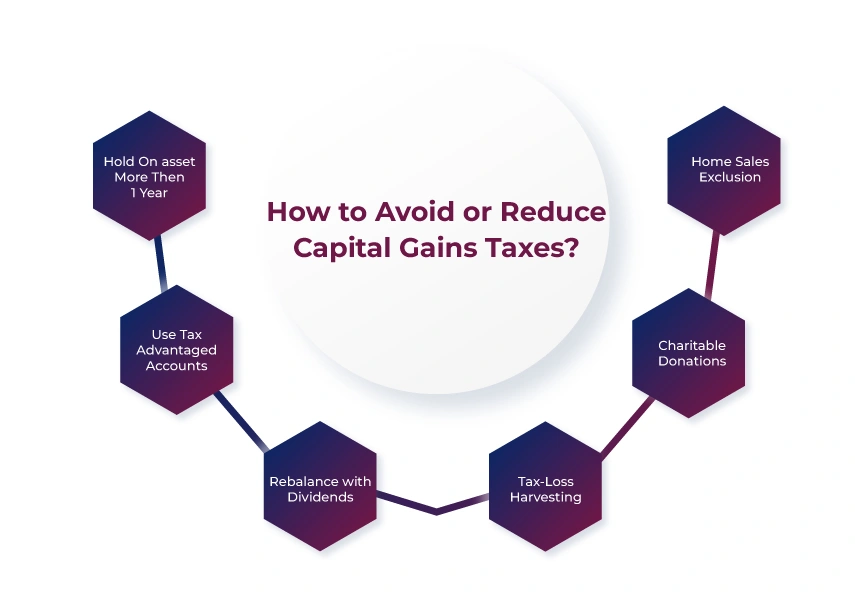
Hold On Asset
Try to hold an asset for more than a year whenever possible. It helps you qualify for the long-term capital gains tax rate. This tax rate for most assets is significantly less than the short-term capital gain tax rate. To know your capital gain tax rate on assets, you can use our capital gains tax calculator. It is available on our site and provides you with accurate details.
Use Tax-Advantaged Accounts
These include individual retirement accounts, 401(k) plans, and 529 college savings accounts. In these investments, the money grows tax-deferred or tax-free. This means even if you sell these accounts, you do not need to pay capital gains tax. In this, particularly, 529 and Roth IRAs offer big tax benefits.
Additionally, if you follow the rules of the account, you can withdraw money from these tax-free accounts. Further, with 401(k)s and IRAs, your investments grow tax-deferred. These are taxed after your retirement when you take distributions.
Rebalance with Dividends
Another way to reduce your capital gain taxes is to rebalance it with dividends. Instead of reinvesting the dividends in the investment, rebalance them by putting money into the underperforming investments. Generally, you would rebalance it by selling securities that are doing well. Additionally, putting money into those investments that are underperforming.
However, investing dividends in underperforming assets prevents you from selling strong performers. Hence, you avoid paying capital gain tax that came from that sale.
Tax-Loss Harvesting
Tax-loss harvesting helps in reducing your capital gains taxes. To offset realized gains, it uses realized losses. Additionally, you can use the money that you save on taxes for reinvestment. Furthermore, it provides you with the opportunity to potentially increase your savings value. So, in simple words, tax-loss harvesting is offsetting specific assets at a loss to offset capital gains.
Charitable Donations
Another method you can use to reduce your capital gains tax is charitable donations. These are tax-deductible. In this, donating appreciated assets can assist you in reducing your taxes from capital gains.
Home Sales Exclusion
Last year, if you sold a house, you may have excluded a portion of the capital gain taxes. To be eligible for this, you have your own home. Additionally, for five out of two years, it was your main residence. Apart from this, you should also not have sold another home in the last two years.
If you fulfill these conditions, you can exclude up to $250,000 in capital gains if you are single. Also, a maximum $500,000 if you are married and filing taxes jointly.
These were some of the ways by which you can avoid or reduce your capital gain taxes.
Final Thoughts
Lastly, capital gains taxes are imposed on profits you earn from the sale of assets. The capital gain tax is based on the income level and the holding term of the taxpayer. Additionally, it is calculated using the difference between the selling price and acquisition price of the asset. Here, the complete blog was about it. Hope that after reading, all your doubts will be cleared.
Furthermore, if you still have some confusion or are facing issues in calculating capital gain taxes, connect with Savetaxs. We have a team of experts who can assist you in solving any tax-related query. Additionally, they can also help you in calculating your capital gain taxes.
Note: This guide is for informational purposes only. The views expressed in this guide are personal and do not constitute the views of Savetaxs. Savetaxs or the author will not be responsible for any direct or indirect loss incurred by the reader for taking any decision based on the information or the contents. It is advisable to consult either a CA, CS, CPA, or a professional tax expert from the Savetaxs team, as they are familiar with the current regulations and help you make accurate decisions and maintain accuracy throughout the whole process.
 India
India
 USA
Tax Consultancy Services
USA
Tax Consultancy Services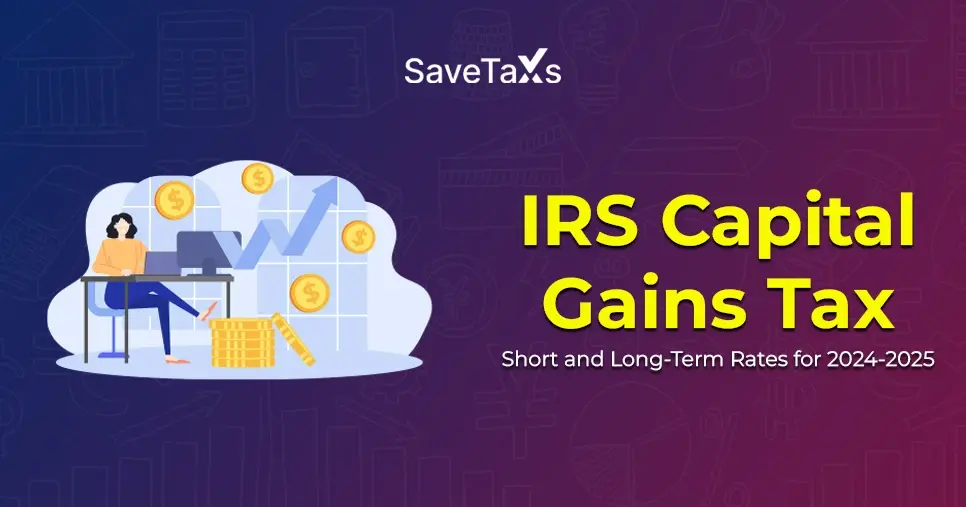




_1752921287.webp)
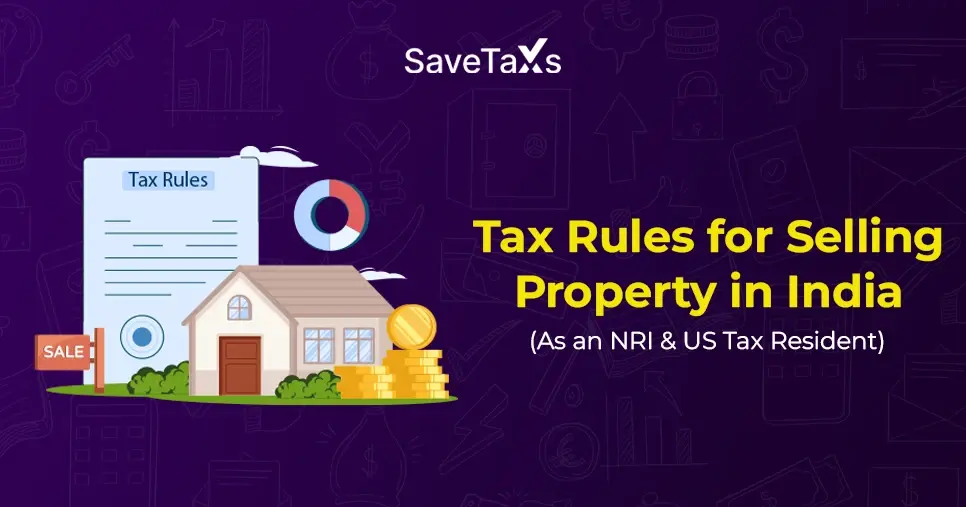
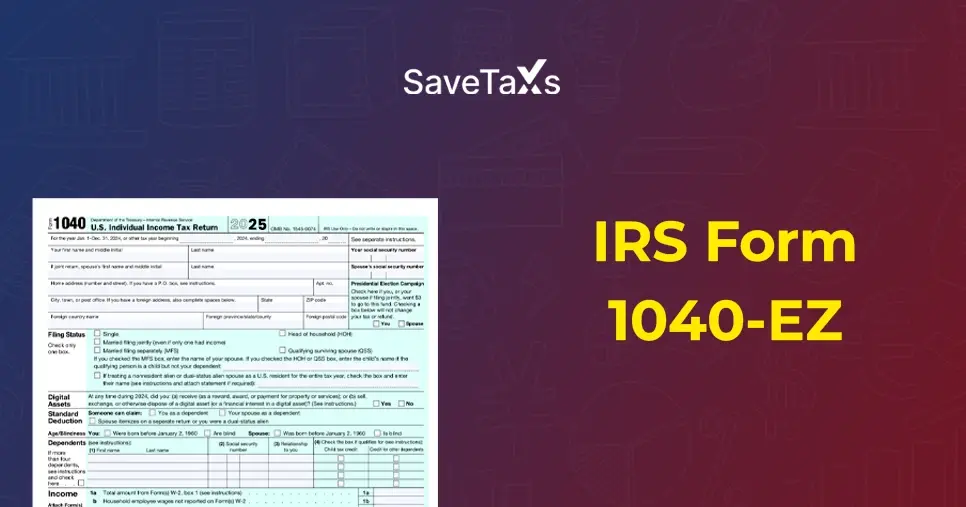
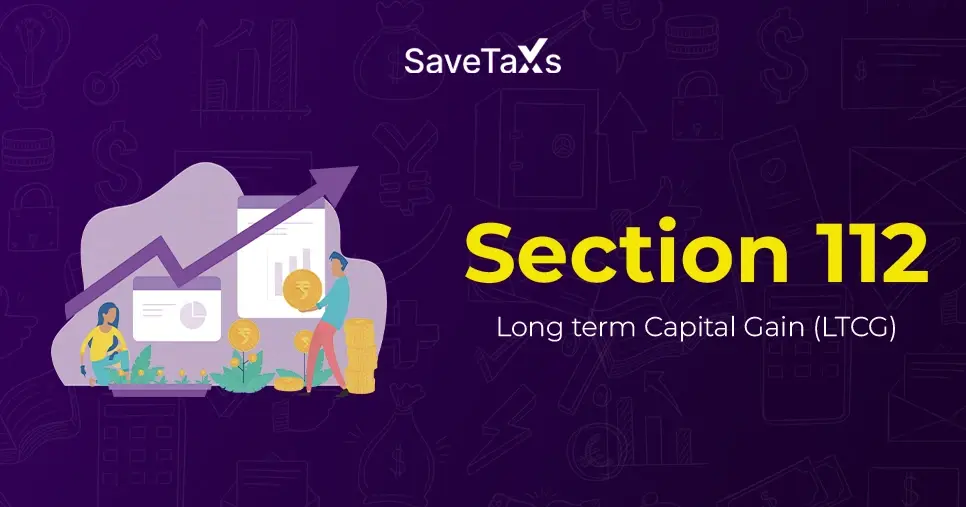



-in-the-USA_1762862398.webp)
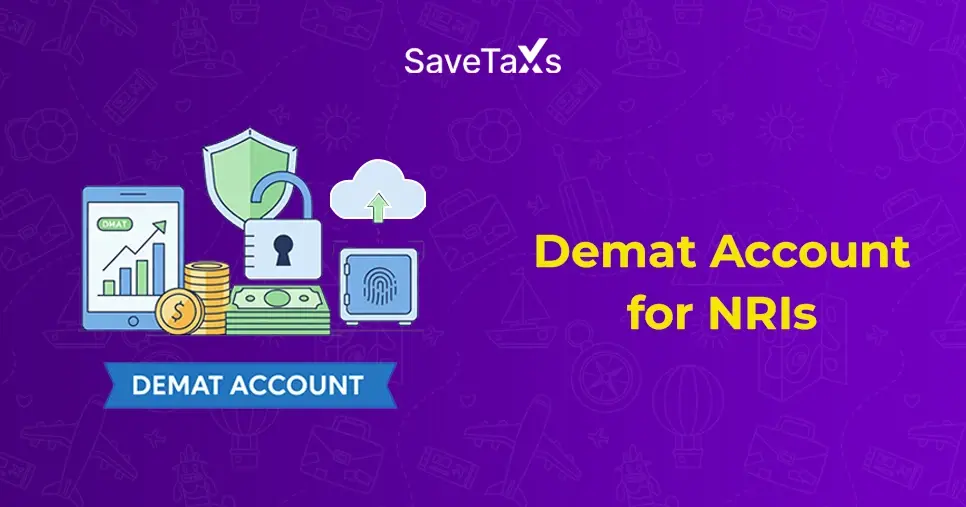
_1754046271.webp)
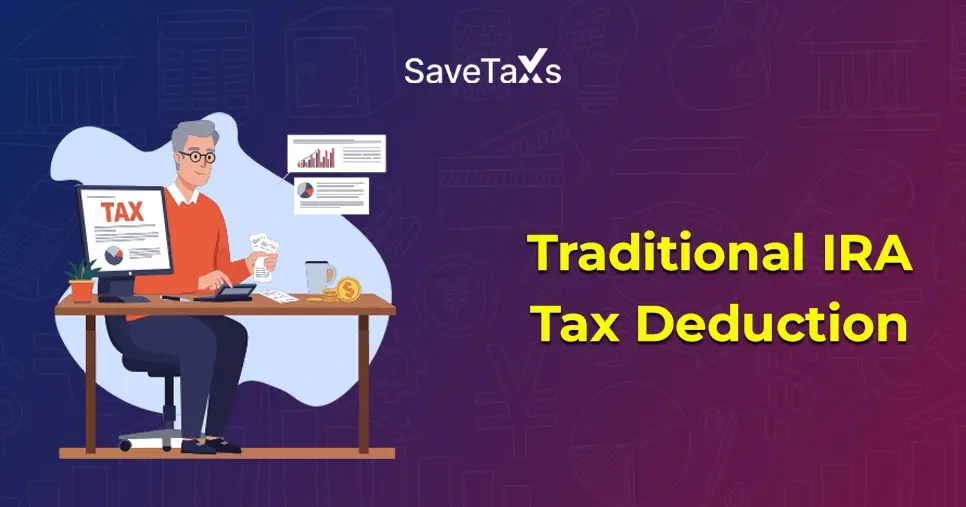
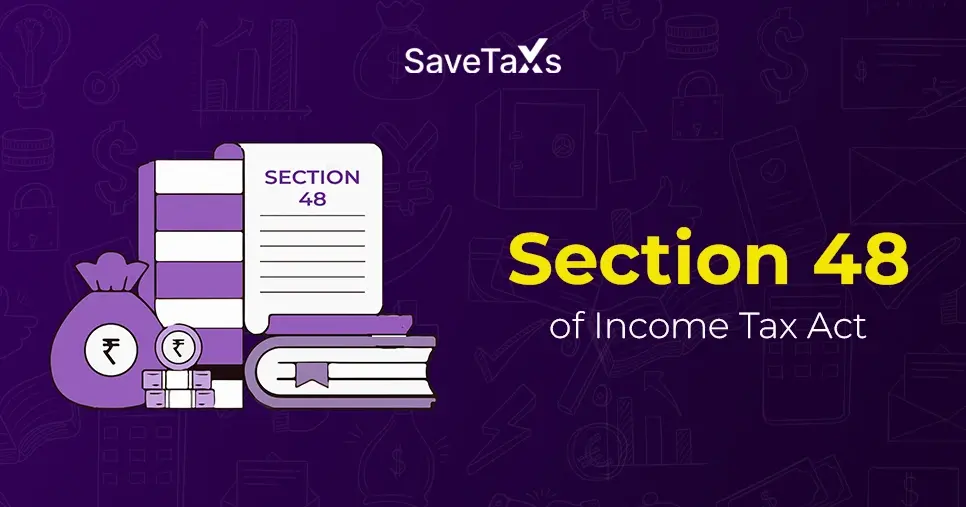
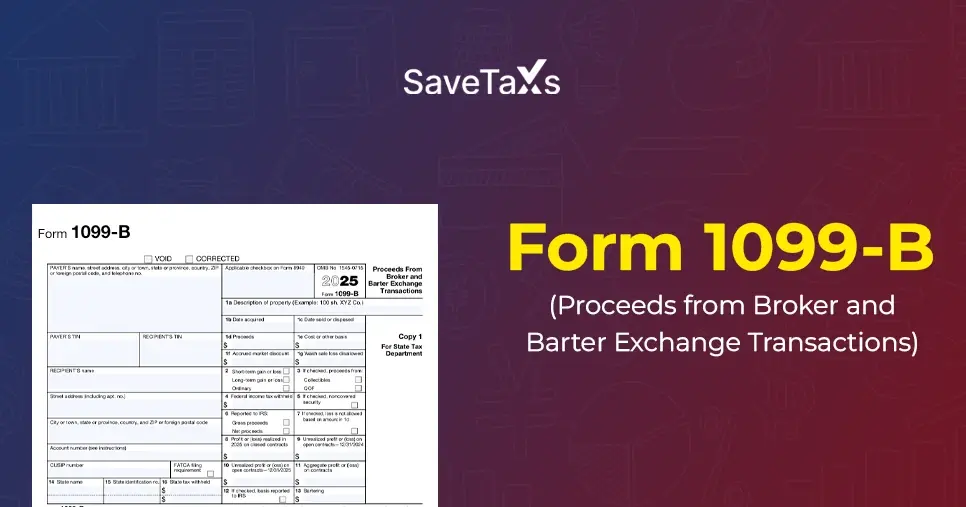
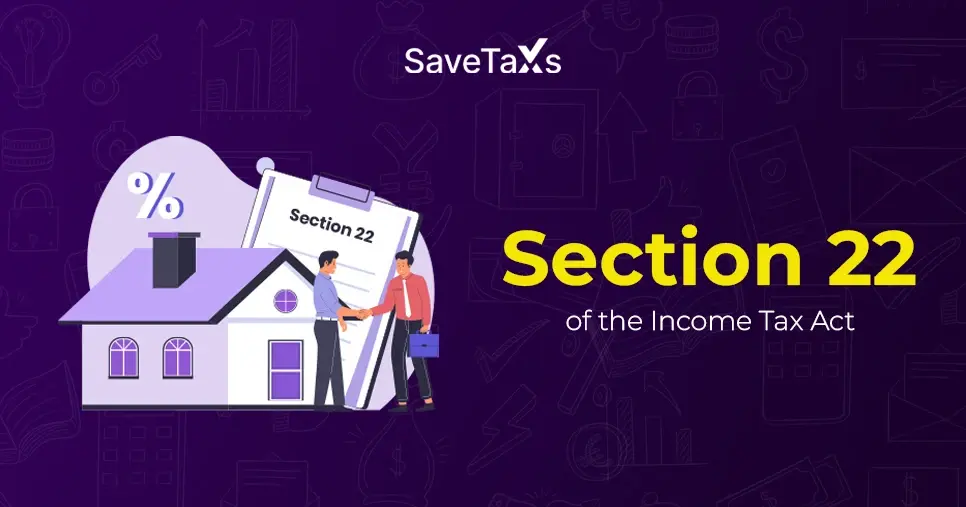
(i)-Of-The-Income-Tax-Act_1756812791.webp)
